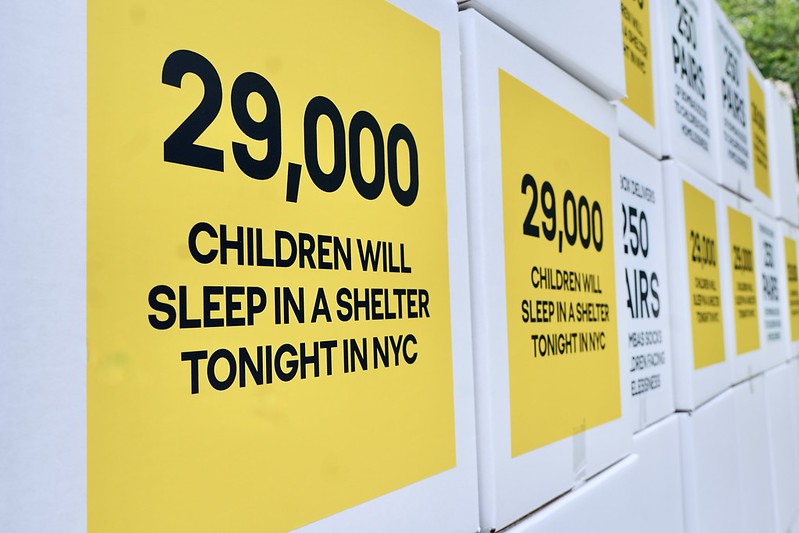P.J. Fleck’s personality includes a sarcastic streak, so it was worth checking if the Gophers football coach was genuine with one comment he made last week.
“I’m giving you all a little secret,” he prefaced during his KFAN radio show Sept. 2. “There is a cut-up (video) that we have that is basically: ‘If Coach Fleck ever dies, play this at his funeral.’ ”
That, in fact, wasn’t an attempt at gallows humor.
The 44-year-old Fleck isn’t planning on going anywhere anytime soon, but when he does eventually leave this Earth, he wants an edited string of hustle plays made by Minnesota (and Western Michigan) players to be played on a loop at his celebration of life.
Minnesota Gophers head coach P. J. Fleck leaving the field after a NCAA football game against the Northwestern State Demons at Huntington Bank Stadium in Minneapolis on Saturday, Sept. 6, 2025. (John Autey / Pioneer Press)
On that topic, he did mix in a grim joke.
“As everyone goes through the walk line — there might be six people there — if you are looking at the screen, you are watching ‘how’ clips of extra effort because that is what gets me really excited in football,” Fleck added on the radio.
One hustle play in each of the Gophers’ first two games will be added to the reel. More will be required when the Gophers (2-0) play California (2-0) on Saturday night in Berkeley, Calif.
In the season opener against Buffalo, it was tailback Darius Taylor tracking down Buffalo linebacker Mitchell Gonser after his interception to save a Bulls’ touchdown.
In Week 2 against Northwestern (La.) State, it was linebacker Mason Carrier blitzing into a Demons screen pass to running back Myion Hicks. Hicks caught the pass near the sideline and had blockers in front to turn it into an explosive play, but Carrier turned on a dime and chased down Hicks for a relatively short 9-yard gain.
“That is us,” Fleck told the Pioneer Press. “That one goes in the funeral tape.
“We pour our life into this; this is my life,” Fleck later explained. “I want the players to watch themselves. I don’t want them to think about me in a casket. I don’t want them thinking about that and being sad. Watch some ball.”
Offensive coordinator Greg Harbaugh said hustle plays are the “No. 1 thing that we look at” after every single play. Then it’s scheme, execution and technique.
“I have loved when you put on the tape from last week and even the week before against Buffalo, the level of strain and physicality and how we have attacked each play offensively has been something that I’m very proud of,” Harbaugh said. “I want to continue to see that this week.”
Defensive coordinator Danny Collins said what happens in games is “just proof” of what is emphasized in practice.
Late in the first quarter last week, U linebacker Maverick Baranowski stripped running back Zay Davis of the football and fellow linebacker Matt Kingsbury scooped it and scored from 25 yards out.
Baranowski did a very same thing a seven-on-seven passing drill in spring practices.
“It doesn’t just happen on game day,” Collins said. “You have got to train those things. And when it does happen, you have to highlight them, because it shows the proof that it’s working.”
After no takeaways against Buffalo, the Gophers had four against Northwestern State. Turnovers might be pivotal come Saturday, when the Gophers are a slim 2.5-point favorite over the Bears.
“Those ‘how’ clips are what you want to be on,” Baranowski said. “It’s cool making a big play, but at the end of the day when you are recognized for how hard you play, that means a lot.”
Related Articles
Gophers football vs. California: Keys to game, how to watch, who has edge
Get to know new Gophers cornerback John Nestor
Gophers running back Darius Taylor’s status for Cal game up in the air
Gophers move to 2-0 with rout of Northwestern State
Gophers football thankful for Vikings’ willingness to open doors, talk ball




